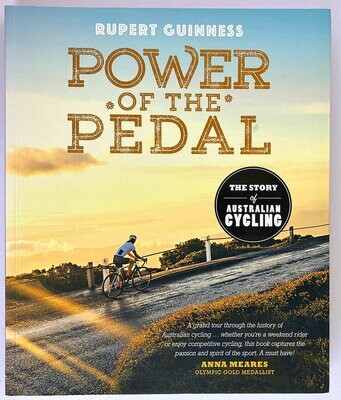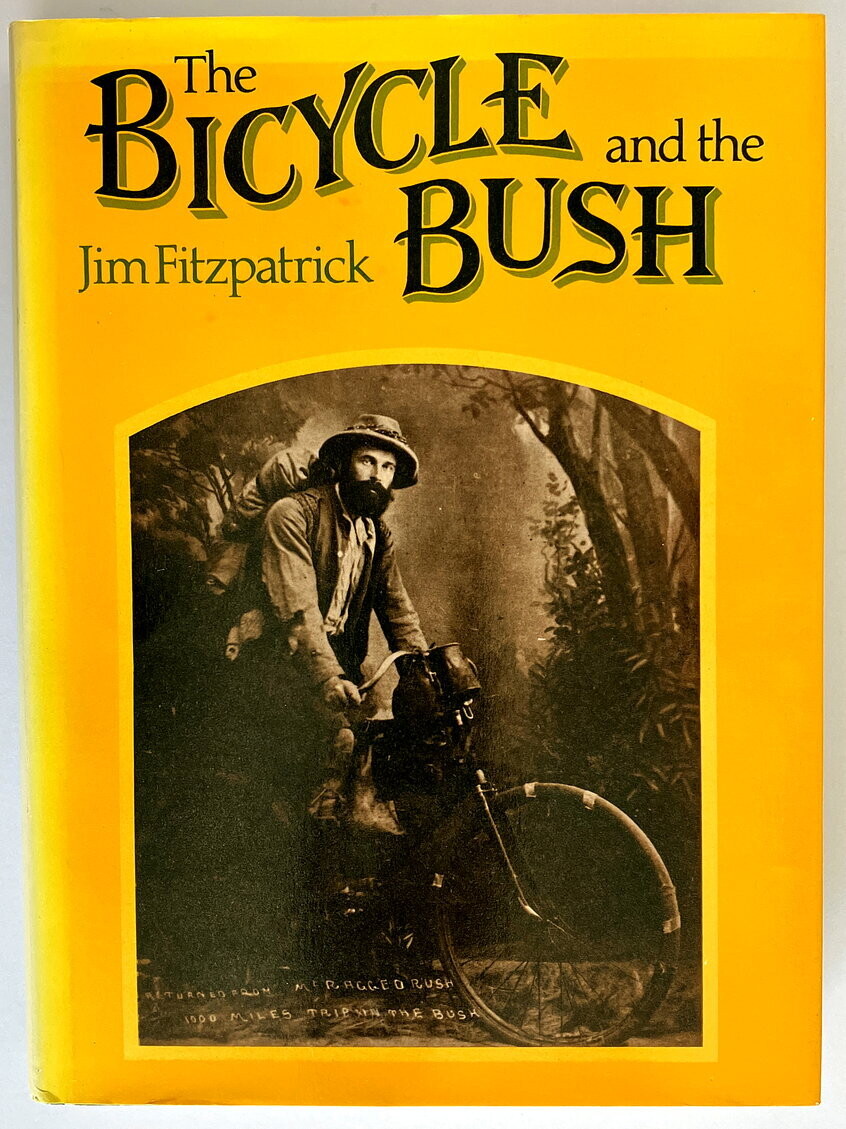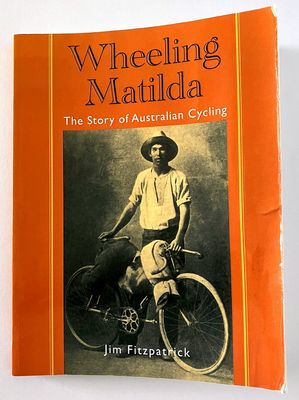The Bicycle and the Bush: Man and Machine in Rural Australia by Jim Fitzpatrick
Book Description
Secondhand. Very good condition. Minor wear to book corners and edges. Previous owner has inscribed blank inside page, now covered with blank ex libris sticker. Dust jacket has some light creasing at edges and spine. Interior and binding are also very good.
The Bicycle and the Bush examines bicycle use in rural Australia from 1890-1920. It is one of the most unusual, innovative explorations ever undertaken into the role of a transport device and its relationship with society and its environment.
This book surveys the machine's introduction, manufacturing, sales and distribution in Australia and its broader social impact on urban society, women, the Australian language, and racing, among other things.
Australia is the size of the continental United States. In 1890, beyond the few inland towns of note, it was mostly the province of sparsely distributed agriculturalists, pastoralists, miners, and keepers of isolated telegraph stations and government outposts. There was a need for travel between the widely spaced settlements and remote homesteads, and the distances travelled were large by world standards; in few other countries did people moved so far as part of their regular work routines.
The machine's use ranged from rabbit fence patrols and telegraph line repairmen to nearly all shearers being mounted on them for nearly two decades.
On the Western Australian goldfields, in particular (an area the size of Arizona, New Mexico, Colorado and Utah combined), the remoteness of early settlements led to the most unusual and extensive network of bicycle paths in the world at that time, based upon camel tracks used to supply mining settlements. (Trove)



